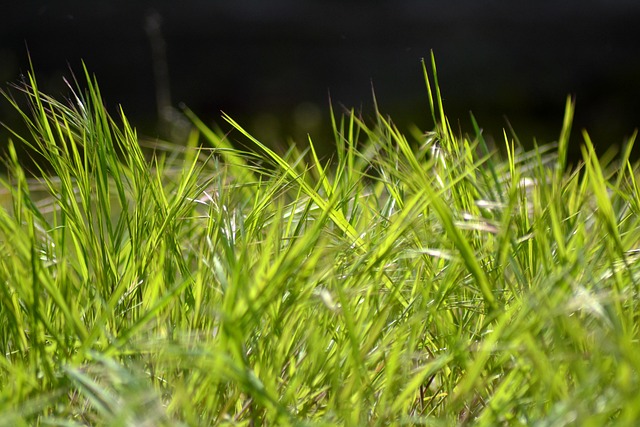In Castle Pines, effective vegetation management of utility easements is crucial for drought resilience. By addressing drought stress through adequate watering, climate-appropriate grass species, and strategic practices like pruning, thinning, mulching, and efficient irrigation (e.g., drip systems), the community can maintain healthy landscapes. Professional services specializing in vegetation management for utility easements identify invasive species, protect infrastructure roots, and select native, drought-resistant plants, enhancing ecosystem resilience, utility operation efficiency, and overall sustainability.
Lawn plants, like all living organisms, face challenges, and drought stress is a significant issue that can impact their health and beauty. This article explores effective solutions to combat drought stress, focusing on vegetation management strategies tailored for utility easements in Castle Pines. By understanding the causes and effects of drought stress, we’ll uncover practical methods to enhance lawn care, ensuring lush, vibrant green spaces even during arid conditions. Learn how proper vegetation management can mitigate environmental impact while maintaining aesthetic appeal.
- Understanding Drought Stress in Lawn Plants
- Effective Vegetation Management Strategies
- Implementing Solutions for Utility Easements in Castle Pines
Understanding Drought Stress in Lawn Plants

Lawn plants, like any other living organisms, experience stress during prolonged periods of dryness, leading to a range of adverse effects on their health and appearance. Drought stress in lawns is characterized by symptoms such as browning or wilting leaves, a decrease in overall growth, and an increased risk of pest infestation. Understanding the underlying causes of this stress is crucial for effective management, especially in areas like Castle Pines where vegetation management for utility easements is essential.
In the context of utility easements, proper lawn care practices become even more critical. This involves ensuring adequate watering, particularly during dry spells, and selecting drought-tolerant grass species suitable for the local climate. Additionally, regular monitoring and maintenance can help identify early signs of stress, allowing for timely interventions. Effective vegetation management strategies not only enhance the aesthetics of these spaces but also contribute to sustainable water usage practices in Castle Pines.
Effective Vegetation Management Strategies

In the context of Vegetation Management for Utility Easements in Castle Pines, proactive strategies are essential to mitigate drought stress and maintain healthy landscapes. One effective approach involves selective pruning and thinning to improve air circulation and sunlight penetration, crucial elements in reducing water stress on plants. This method not only promotes better plant health but also helps prevent the accumulation of dense foliage that can hinder access for maintenance activities.
Additionally, incorporating strategies like mulching and efficient irrigation practices plays a significant role in drought management. Organic mulches act as a protective barrier, conserving soil moisture and reducing weed competition. Combined with targeted irrigation, such as drip systems or micro-sprinklers, these tactics ensure water is delivered directly to plant roots, minimizing waste and enhancing overall vegetation management effectiveness during dry periods.
Implementing Solutions for Utility Easements in Castle Pines

In Castle Pines, effectively managing vegetation along utility easements is crucial to mitigating drought stress and ensuring the health of local landscapes. Implementing solutions tailored for these specific areas involves a strategic approach to balance aesthetic goals with practical considerations. Professional vegetation management services play a vital role in this process, offering expertise in identifying and removing invasive plant species that compete with essential infrastructure. By controlling these plants, the root systems of critical utilities like power lines, pipelines, and fiber optics are protected, reducing the risk of damage during droughts.
This proactive approach extends beyond mere removal; it includes careful selection of native, drought-resistant vegetation suitable for the local climate and soil conditions. Integrating such plants into easement areas not only enhances the overall resilience of Castle Pines’ landscape but also contributes to a more sustainable and aesthetically pleasing environment. This strategy ensures that utility services can operate efficiently during dry periods while fostering a vibrant and thriving natural setting.
In addressing lawn plant drought stress, understanding the root causes and implementing effective vegetation management strategies are key. Specifically, focusing on solutions tailored for utility easements in Castle Pines can enhance water conservation efforts and promote healthier landscapes. By adopting best practices in vegetation management for these areas, residents and professionals alike can contribute to a more sustainable future, ensuring lush lawns despite arid conditions.
